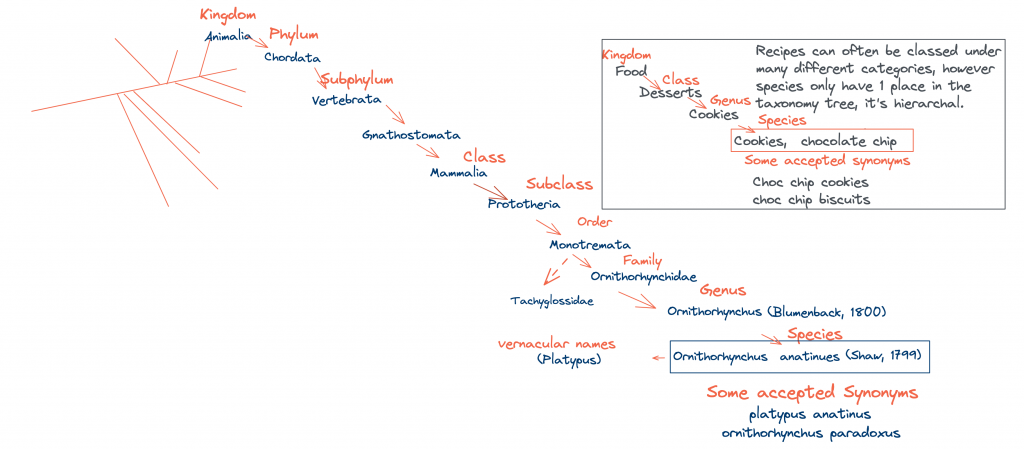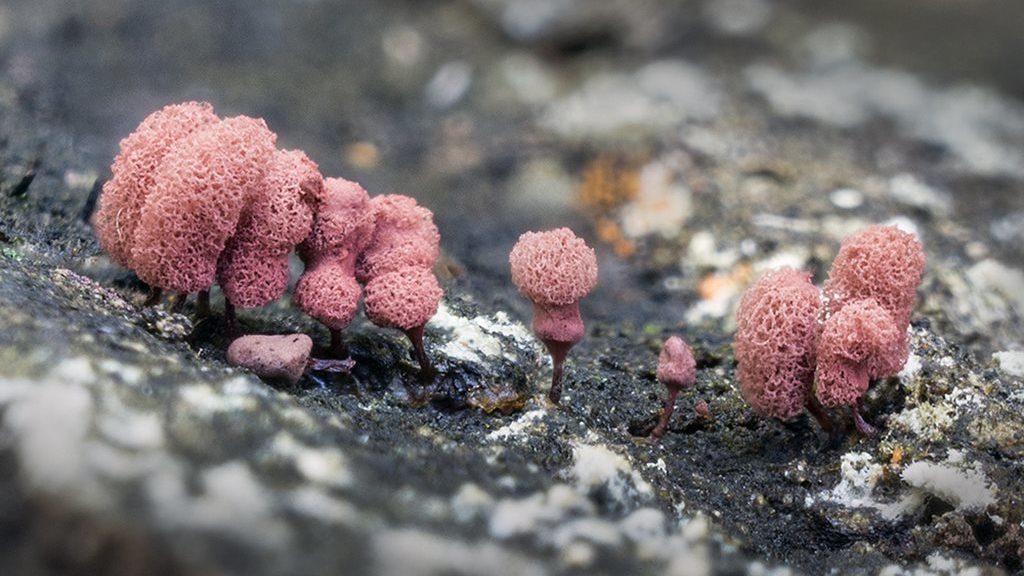Taxonomy is a moveable feast
Like most fields of study, taxonomy is not static. As new species are discovered, and others are reclassified, it’s important to stay on top of what belongs in which group. Adding to this challenge is the fact that different taxonomists and organisations can also disagree on certain points. For example, one source might classify a species as part of one family, but another source will classify them in a completely different family.

Taxonomy is the backbone of the ALA
Because we hold information relating to species, the ALA relies on a taxonomic ‘backbone’ to sort and arrange all of the data we receive. While we recognise that there can be some disagreement within the field, ultimately we need to select a way of classifying species in order to present the data. We do this using several sources.
For plants, we primarily rely on the Australian Plant Name Index (APNI)/Australian Plant Census (APC), whereas for animals we refer to the Australian Faunal Directory (AFD). Fungi is covered by AusFungi, and mosses, by AusMoss. Our friends across the Tasman aren’t forgotten either, with the New Zealand Organisms Register (NZOR).
Changes that have happened behind the scenes
Our taxonomic backbone sits in the background of ALA. When it’s accurate and up to date, it’s not too noticeable, but when it’s inaccurate, that’s when issues arise. Below are the key updates we’ve made to the back end of the system:
- Refreshed the main sources: AFD, APNI/APC, AusFungi, AusMoss, NZOR
- Updated source information for sources such as Codes for Australian Aquatic Biota (CAAB)
The recent updates mean that the ALA taxonomy is now in line with the most up-to-date information available.
Changes you might notice
- The identifiers that we use for some species have changed. In some cases, this is because the species has been moved to a different position in the taxonomic tree. In other cases, particularly animals, the type of identifier supplied by the source has changed.
- The changes above will flow through to individual species, so you may notice changes in how particular species, as well as higher taxonomic groups, are now classified
- Sensitive species information and conservation data were revised for all states and territories, as were the lists of invasive and pest species. You may notice changes in names, with some new additions to these lists (and some removals)
- More Indigenous language names for species were added (read more about our Indigenous Ecological Knowledge (IEK) projects)
- Lichens from the National Species Lists (NSL) were added
- Single-celled organisms such as Chromista and Protozoa had previously been classified under parallel ‘trees’ in the ALA back end, due to information feeding from different sources. We’ve now unified the sources, so these organisms are placed where they belong.

Why we’ve updated, and what it means for you, our users
These updates have been made to improve the accuracy of our data, and your experience using them. There are now fewer anomalies in our taxonomy, with more accurate classifications of some species. The ALA now has greater alignment with more recent versions of our source data.
The field of taxonomy can change quickly, so by refreshing the ALA sources we keep data in the ALA as up-to-date as possible.
More information
- If you have any further questions about the ALA taxonomy, email us at support@ala.org.au.